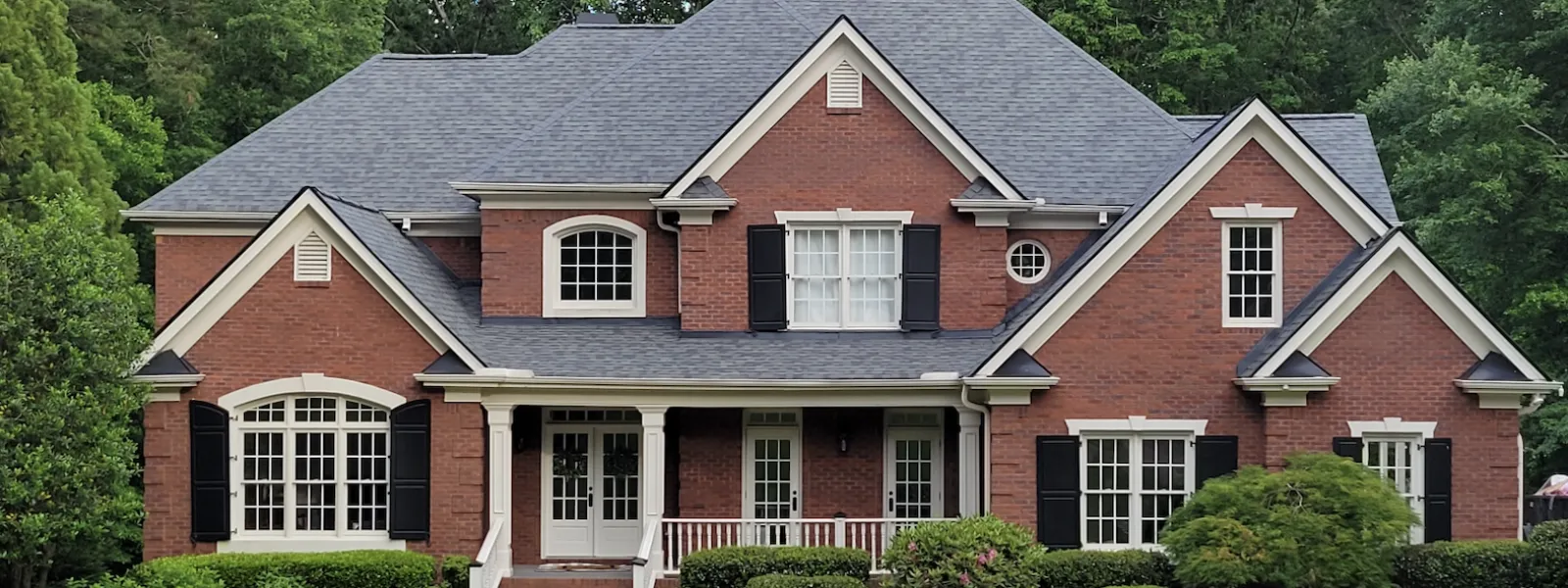Signs That It is Time To Change Your Roof
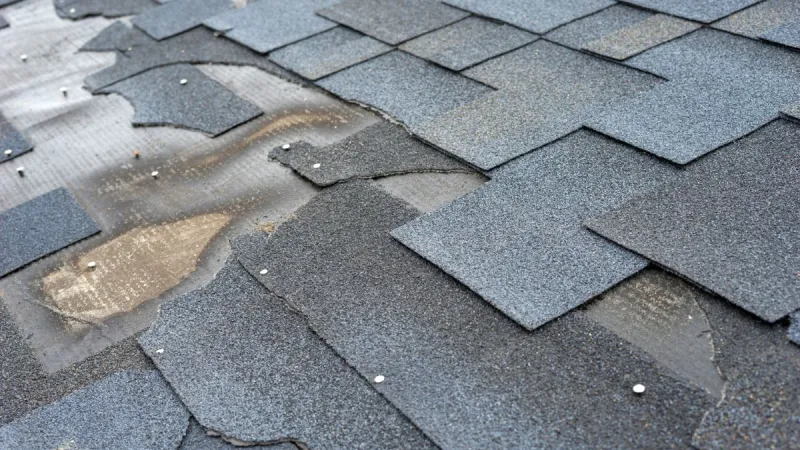
It is a smart practice for homeowners to have their roofs checked out by a professional every few years. On average, if your roof is in the 12-15 years old range, it may be time to consider a roof replacement. Depending on your area's weather conditions and your roof's shingle type, it may be overdue for a replacement.
Sometimes, the need for a new roof is apparent. However, there are other less obvious signs of roof damage, including:
Moss or dark algae stains
Cracked, broken, or missing shingles
Bare spots where granules are missing
Shingles with busted edges
Shingle tabs that are cupped
Unsightly appearance
Dark algae stains or moss on your roof can indicate moisture damage as well as age. Cracked and missing shingles — especially when there are many of them — are also signs that you may need roof repairs or a replacement roof.
While these are all indications of a potential problem, having damaged shingles or leakage doesn't automatically mean you need a new roof. It really depends on the current shingle type and age of the roof. Once one of our expert inspectors completes a free video roof inspection, they will bring the roof down to you and show our findings. Our recommendations could include a full roof replacement, repair, maintenance package, or no work needed at this time.
Types of Roof Replacements for Residential Homes
The roof of your home keeps you safe from the elements and many other destructive forces. We ask a lot from our roofs, and it's only natural that they eventually need replacement.
There are many options for when it does come time for you to replace your roof. While many people choose to replace their roof with similar material, others prefer a new roof type.
Roof It Forward offers the following roof replacement options:
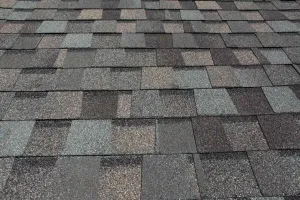
Shingle Roofing
Asphalt shingle roofing is one of the most common and popular materials for residential roofing. They are especially useful for roofs that are designed with a steep pitch and experience harsh weather conditions.
Modern shingles feature components that are fire-resistant, tear-resistant, mold-resistant, energy-efficient and easy to repair. Plus, they offer unmatched versatility, durability, and affordability in a variety of colors and textures.
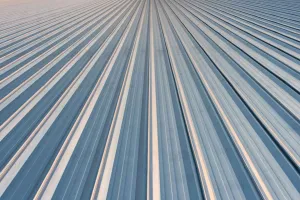
Metal Roofing
Metal roofing is generally made of aluminum or steel. There are two styles of roofing: the standard seam type and the stamped metal type. Standard seam metal roofs use interlocking patterns that are custom-fit to a roof's shape. Stamped metal roofs mimic the classic look of asphalt shingle roofing with prepainted PVDF coated steel and aluminum.
While metal is often a popular material for non-residential buildings, many people are starting to enjoy the benefits of metal roofs for their properties.
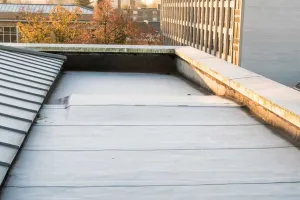
Flat Roofing
Flat roofs offer a relatively inexpensive option for cooler climates. They capture more heat than a pitched roof because they are always facing the sun. Because they do not require the trusses or rafters that pitched roofs use, they allow for more interior space. Instead, a flat roof is supported with horizontal beams that require fewer materials and labor. Flat roofs are popular roofing options for commercial and residential properties with low slopes.
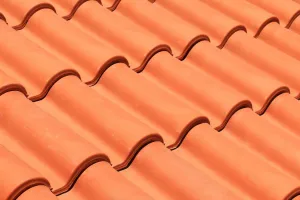
Tile Roofing
Tile roofing uses shingles made with hardened clay or concrete. They are environmentally-friendly and can last upwards of 50 years. Since they are made of such long-lasting materials, they are more resistant to mold, water damage, and insect infestation. Tile roofs are suited for warmer climates but are not ideal for areas that receive heavy rain or cold weather.
Because they require sturdy structures to support their weight, not all houses can handle tiles' weight. While they are associated with Spanish-style buildings, many more people are investing in tile roofing for their homes.
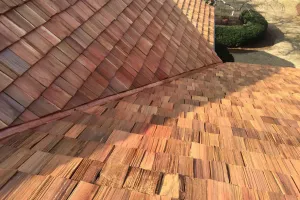
Cedar Shake
Cedar shake shingles are made of hardwoods such as redwood or cedar. These shingles have been in use for hundreds of years and are an excellent choice for all types of climates. They have an attractive, rustic quality that blends in well with any surrounding landscape.
However, cedar shake shingles are more flammable than other roofing options. If you live in an area prone to forest fires or arid conditions, you should consider other materials.
Types of Commercial Roof Replacement Services
Roofing is one of those problems people do not think about until they need it. Many folks don't contact us until water is leaking into their commercial property. Ignoring your roof can wind up compromising your structure and causing you untold sums of money.
Our expert technicians are ready to help you with assessing your roof's condition. You can trust the professionals at ARAC Roof it Forward for your commercial repairs and replacements.
We offer built-up-roofing, TPO roofing, and many other commercial roofing options:
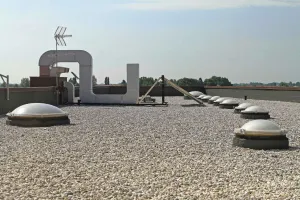
Built-Up Roofing
Built-Up Roofing is a tried and true roofing option. There are two main types of these roofs; modified bitumen and ballast roofing. Both of these roofs can last anywhere between 15 to 30 years. They offer superior reliability, with waterproof covering and comprehensive UV protection.
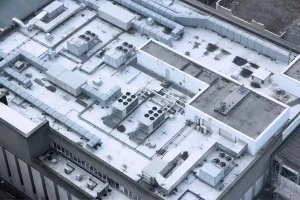
TPO Roofing
Thermoplastic Polyolefin (TPO) roofing is one of the fastest-growing solutions on the market. TPO roofs use a single synthetic layer and reinforcing scrim to cover flat roofs. When properly installed, TPO roofs can last 30 years. TPO roofs have many benefits, including lowered utility bills, low repair cost, and fire-resistant surfaces.
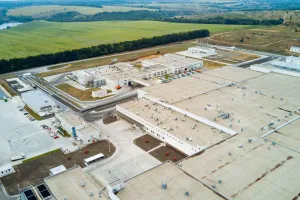
Commercial Roofing System
There are many options for commercial roofing needs. The sheer number of materials and techniques available — EPDM, SPF, TPO — can make it feel challenging to find the right roof for your property and budget.
At ARAC Roof It Forward, we want you to have the right roof for your needs. Our professionals will work with you to find a solution that makes sense for you.
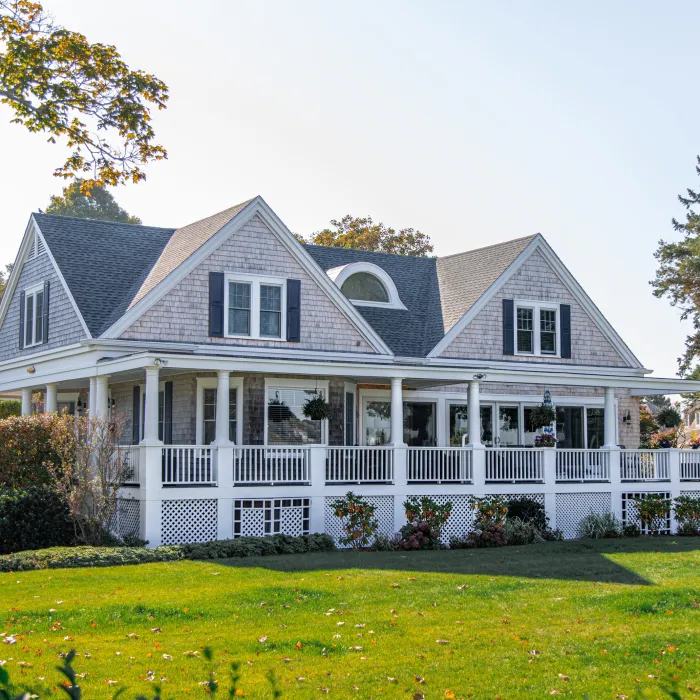
Our Roof Replacement Process
Receive a Free Roof Inspection
We will walk you through every aspect of what needs to be done to your home by conducting a video roof inspection. We will discuss different treatment options for your roof.
Prepare the Property
Roofing jobs can be messy, and careless roofers can cause damage to your property. Our Technicians carefully review a roofing expectations document prior to the job so the homeowner can prepare the property for our arrival. This includes a checklist that includes clearing vehicles, lawn furniture, or other breakable items out of the path of falling roof debris.
Take Out Current Roofing Structure
Then Technicians take out the old roofing system. This is called the tear-off process. They start by removing shingles at the base of the roof and work their way toward the top.
Assess Proper Flashing
After removing your old structure, the Technicians make sure that the chimney has proper counterflashing. We also install a drip-edge and gutter apron around the structure that channels rain away from the roofline, which seals the edges.
Set Underlayment
Underlayment is a material that goes under your roofing material and prevents water from penetrating your roof. Underlayment is especially helpful for keeping out moisture from sudden rain showers during your installation.
Install New Roofing Material
Roofing Technicians follow best practices to install your new roofing material by following strict manufacturer and company guidelines.
Final Inspection and Clean-Up
We clean up debris from your roof that may be lying in your driveway and yard and utilize a heavy-strength magnet to find and gather the vast majority of hidden nails.
Roofing Warranty
Protect your investment materials with a roofing warranty. Learn more about how a roofing warranty can provide you with peace of mind for years to come.
Adding Value to Your Home
ARAC Roof It Forward has the skills and materials to give you a beautiful, durable new roof that will keep your property safe for years to come.
